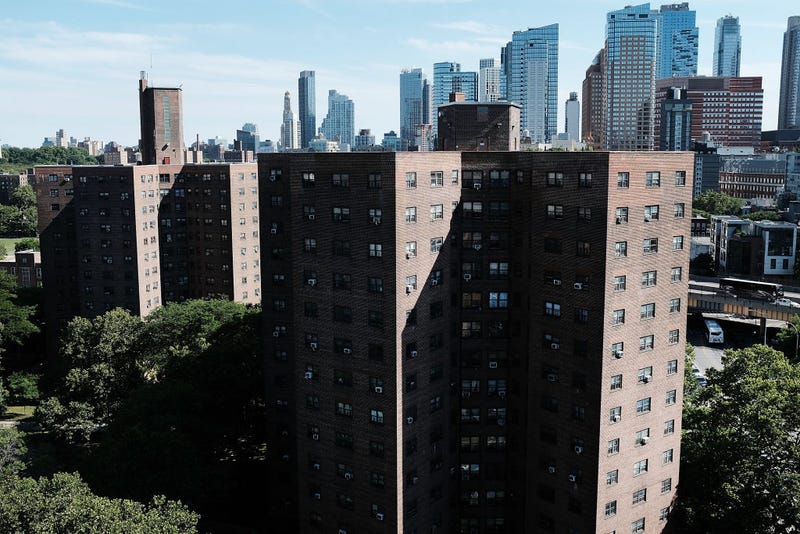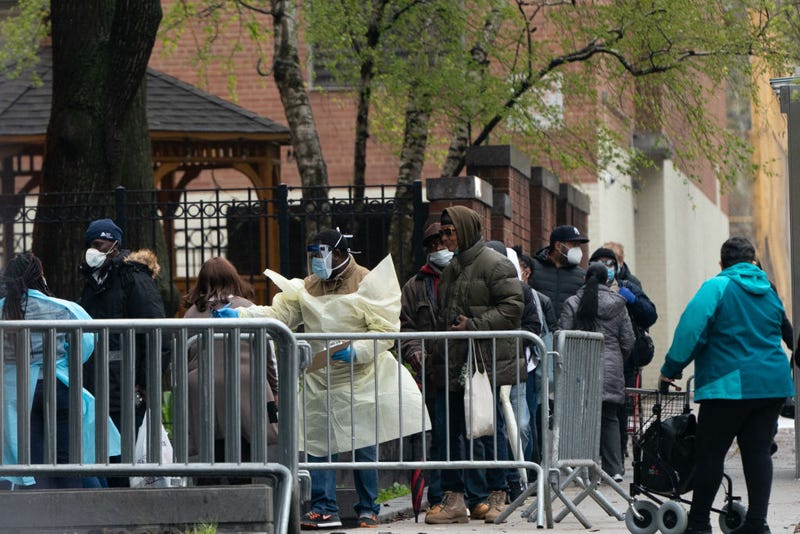
NEW YORK (WCBS 880) — COVID-19 killed public housing residents at a significantly higher rate than New York City’s population at large, new data show.

While New York City Housing Authority residents account for about 4% of the city’s population, its residents represented 7% of COVID-19 deaths between March 2020 to June 2021, according to a report released by the city Health Department.
Coronavirus cases among NYCHA residents accounted for about 5% of the city’s total cases in that same window, according to the data. NYCHA developments in total recorded 47,462 Covid-19 cases and 2,249 deaths through June.
The findings align with other reports and warnings from officials that lower-income people of color across the country — typically forced to work in person and with worse access to health care and information — have suffered disproportionately during the pandemic.

More than 90% of NYCHA residents identify as people of color and NYCHA households have an average household income of about $25,0000, according to city and census data.
The data could fail to illustrate the full impacts of COVID on NYCHA residents. Figures are based on the population of 360,000 authorized NYCHA residents — though a federal monitor has estimated that the actual population in these complexes could be as high as 600,000.
Shortly after the onset of the pandemic, officials began criticizing the city for not publishing separate COVID-19 data sets on NYCHA residents. Brooklyn State Sen. Zellnor Myrie penned an op-ed in the Daily News back in April 2020 calling for the information. He said the findings were “alarming.”
“From the beginning we knew this pandemic was hitting certain populations harder. What we didn't know was *how* much harder,” Myrie wrote in a Twitter thread Wednesday, adding that lawmakers had “no idea of the toll among residents and staff.”
“Finally, this week, the City [sic] responded to our request. The data are alarming- NYCHA residents make up 4 percent of city residents but 7 percent of COVID-related deaths,” Myrie added.
Myrie said better access to data can help elected officials and policymakers make more informed decisions to help vulnerable New Yorkers — and compared the lack of NYCHA data to the current safety crisis on Rikers Island.
“Transparent data can help us identify the root causes of these disparities. And we shouldn't have to rely on public shaming and angry letters to get it,” he added. “Too often government points fingers or stonewalls instead of providing this data.”
